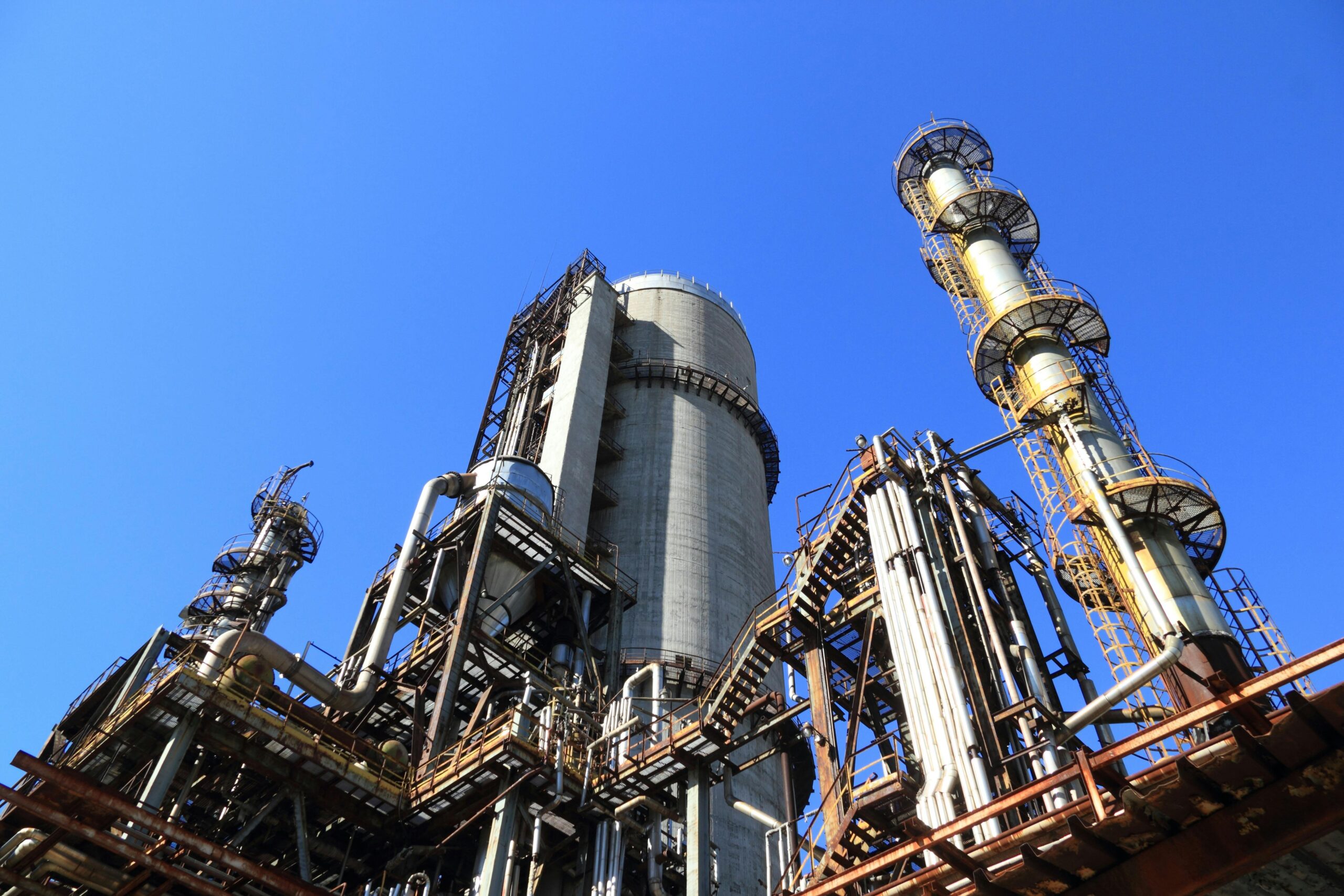The petroleum industry is one of the most vital sectors of the global economy, underpinning everything from transportation to energy generation and industrial manufacturing. At its core, this industry is segmented into three main sectors: upstream, midstream, and downstream. Of these, the upstream sector, often referred to as exploration and production (E&P), plays a pivotal role in discovering and delivering the raw hydrocarbons that fuel the modern world.
This article delves into the upstream petroleum industry—its core components, major players, technological underpinnings, key global regions, and the numerous challenges it faces today.
The Fundamentals of the Upstream Sector
The upstream petroleum sector is responsible for the discovery, development, and production of crude oil and natural gas. It is the very first stage in the value chain, where petroleum resources are located, evaluated, drilled, and extracted from beneath the earth’s surface.
The upstream segment is both capital-intensive and technologically sophisticated. It involves complex decision-making processes, extensive geological and geophysical analysis, and significant investment risk. Despite these challenges, it remains one of the most lucrative and strategically important components of the global energy economy.
Key Activities in the Upstream Petroleum Industry
The upstream sector encompasses several stages, each requiring specialized expertise and significant investment.
1. Exploration
Exploration is the process of identifying and assessing locations where oil and gas may exist. It involves:
Geological Surveys: Geoscientists study rock formations and sedimentary layers to predict the presence of hydrocarbon reserves. This phase often includes extensive research into the geologic history of a region.
Seismic Imaging: Advanced technologies such as 2D, 3D, and even 4D seismic surveys are used to create detailed images of underground formations. These help pinpoint the exact locations of potential oil and gas traps.
Exploratory Drilling: Once a promising location is identified, companies drill exploration wells to confirm the presence and viability of hydrocarbons. These test wells are crucial for evaluating whether full-scale production is economically feasible.
2. Field Development
If exploration results are positive, the field moves into the development phase. This includes:
Well Construction: Companies construct multiple production wells optimized for the extraction of hydrocarbons. This may involve vertical, horizontal, or directional drilling, depending on the reservoir characteristics.
Infrastructure Planning: Developers build essential facilities such as offshore platforms, pipelines, storage units, and processing plants to support extraction and transportation.
3. Production
This is the phase where hydrocarbons are brought to the surface. Key activities include:
Extraction: Using various drilling and pumping technologies, companies extract crude oil and natural gas from reservoirs.
Initial Processing: At the wellhead or production facility, the crude mixture is separated into oil, gas, water, and impurities. Further treatment is typically handled in the midstream sector.
4. Decommissioning
After a field’s economic life ends, it enters the decommissioning phase. This involves:
Well Plugging and Abandonment: Wells are sealed with cement and other materials to prevent leaks.
Site Restoration: Companies restore the site to its natural or original condition, ensuring compliance with environmental regulations.
Major Players in the Upstream Sector
The upstream sector is populated by a diverse mix of companies, ranging from multinational giants to small, independent operators. These can be broadly classified into three categories:
1. International Oil Companies (IOCs)
These are publicly traded global corporations with operations spanning all aspects of the oil and gas value chain. Prominent IOCs include:
ExxonMobil
Shell
Chevron
BP
TotalEnergies
They bring vast capital resources, technical expertise, and advanced R&D capabilities to upstream operations.
2. National Oil Companies (NOCs)
Owned and operated by governments, NOCs manage and control petroleum resources within their home countries. Examples include:
Saudi Aramco (Saudi Arabia)
Petrobras (Brazil)
Gazprom (Russia)
ONGC (India)
NOCs often collaborate with IOCs through joint ventures, especially when projects require high technology or capital investments.
3. Independent E&P Companies
These smaller firms focus exclusively on exploration and production, often operating in niche markets or unconventional plays. Notable names include:
Apache Corporation
Hess Corporation
Cairn Energy
Though smaller in scale, independents often innovate rapidly and play key roles in unlocking new reserves.
Advanced Technologies Driving the Upstream Sector
Technological innovation is at the heart of modern upstream operations. The industry relies heavily on cutting-edge tools and methods to enhance efficiency, reduce costs, and improve safety.
Seismic Imaging: Technologies like 3D and 4D seismic surveys provide real-time feedback on reservoir changes and potential drilling targets.
Directional and Horizontal Drilling: These techniques maximize reservoir contact and minimize surface disruption, especially useful in tight or unconventional formations.
Hydraulic Fracturing: Commonly known as fracking, this method involves injecting high-pressure fluids to fracture rock formations and release trapped hydrocarbons.
Enhanced Oil Recovery (EOR): Techniques like gas injection, thermal recovery, and chemical flooding are used to extract additional oil from mature fields.
Real-time Monitoring: Digital sensors and data analytics enable operators to monitor drilling and production activities remotely, improving decision-making and safety.
Global Hotspots for Upstream Activity
Upstream petroleum activities are concentrated in regions with abundant hydrocarbon reserves. Key areas include:
Middle East
Countries like Saudi Arabia, UAE, Iraq, and Kuwait hold some of the world’s largest proven oil reserves.
The region is dominated by NOCs like Saudi Aramco, with production mostly from onshore and shallow offshore fields.
North America
The United States leads in unconventional oil and gas production, particularly from the Permian Basin, Eagle Ford, and Bakken formations.
Canada’s oil sands represent another major upstream asset, despite their high production costs and environmental concerns.
South America
Brazil has seen major offshore discoveries, particularly in the pre-salt layers.
Venezuela, although rich in reserves, struggles with production due to economic and political instability.
Africa
Nigeria and Angola are major producers with significant offshore developments.
Emerging markets like Mozambique and Senegal are attracting investment for natural gas exploration.
Asia-Pacific
India, Indonesia, and China have active exploration and production sectors, though domestic production often falls short of demand.
Key Challenges in the Upstream Petroleum Industry
Despite its importance, the upstream sector faces a host of challenges that can impact profitability and sustainability.
1. High Capital Requirements
Drilling, seismic surveys, and infrastructure development require billions of dollars in investment. Cost overruns and delays are common, especially in deepwater or hostile environments.
2. Price Volatility
Oil and gas prices are influenced by global politics, demand-supply dynamics, and currency fluctuations. This makes investment planning and budgeting complex.
3. Geopolitical Risks
Many upstream operations are located in politically unstable regions. Wars, sanctions, or regime changes can halt projects or disrupt supply chains.
4. Environmental and Regulatory Pressures
Exploration and drilling activities face increasing scrutiny due to their environmental impact. Stricter regulations, carbon taxes, and public opposition can delay or derail projects.
5. Depletion and Declining Discoveries
Mature oil fields are in decline, and new discoveries are becoming rarer and more difficult to access. This puts pressure on companies to innovate and maximize recovery from existing fields.
Conclusion: The Future of Upstream
The upstream petroleum industry is at a crossroads. While demand for oil and gas remains strong in many parts of the world, there is growing pressure to transition to cleaner energy sources. As a result, companies are investing not only in upstream projects but also in carbon capture, renewables, and energy diversification.
In the near term, the upstream sector will continue to play a crucial role in meeting global energy needs. However, success will depend on the ability to innovate, adapt to changing regulations, and operate more sustainably.
For stakeholders—from governments to investors to consumers—understanding the complexities of the upstream petroleum industry is key to navigating the broader energy transition.















